What it is, why it’s important, and how I teach it.
Ground tying is the ability for your horse to stand still, as if he were tied, on command.
Ground tying is a skill that comes in handy in all sorts of situations – if you need to step off your horse to check a hoof, help another rider, eat your lunch on the trail, take a photo, etc.
I use ground tying all the time, from tacking and untacking to taking photos.
Just like with anything horse-related, there are so many ways to teach your horse how to ground-tie. I can’t say I researched how to ground-tie my horses or even that I set out to teach them to ground-tie but over time I realized that’s what I was expecting them to do.

First, it’s important that your horse is comfortable with some basics:
- Can he stand tied?
- Is your groundwork solid? Do you have control of his feet and mind on the ground?
- Can you cue your horse to back from a distance?
I teach my horses to back on the ground with the wiggle of a lead rope. For this exercise, I love using my Andrea Equine halter + 14ft leads because they allow me to get some distance from my horse while still maintaining the ability to correct him if I need to.
When I teach my horse to back on the ground with the wiggle of a lead rope, my first ask is very small. I wiggle only from my wrist in three even beats and if he doesn’t back, I wiggle from my elbow in three even beats and if he still doesn’t back, I “wiggle” with my whole arm until he backs. At the first backward motion I remove all pressure and let the slack in my lead rope fall to the ground. A few minutes of this and it’s likely your horse will be backing with the small wiggle you start out asking with.
Remember, always ask as softly as possible and increase your ask as necessary.

Second, once my horse is able to softly back with the wiggle of my lead rope, I can start teaching him to ground-tie.
I recommend starting this exercise in an enclosed, safe place you and your horse are comfortable with, such as a round pen or arena.
At first, I am going to keep hold of my 14ft lead and this is where having that long lead comes in handy. I personally back away from my horse when I expect him to stay put (ground-tie). If I turn my back and leave, that means he is to follow me.
I make sure my horse is standing in a comfortable position (I don’t want to have to correct him for adjusting his feet in a more square position) and I back away. I also use a hand signal when I back away (I put my hand up in a “stop” type gesture) and say “woah”. In the beginning, I may only get to back away a half-step before my horse tries to come with me. This is where I wiggle my rope to back him into the position I originally left him in.

In my opinion, that is key. The secret to teaching your horse anything is consistency. No matter how small of a step he takes, I will correct him.
You will keep increasing the distance you are able to back away from your horse, eventually coming to the end of your 14ft lead and, in time and consistent training and practice, beyond that. Remember, if he moves his feet, wiggle him back into position. This is also where I find my hand signal is helpful because my horse is looking to me for direction and if we’re quite far apart and he takes a step, I can put my hand up and he puts his foot back where it originally was.
Once you are comfortable with this exercise in the round pen or arena, begin practicing (while keeping hold of your lead) in other areas around your barn/property/boarding facility. Make sure you and your horse have a solid and consistent understanding before you take it to the trail.

This takes time. And consistency. And practice. And patience. AND DILIGENCE.
One of the questions I received recently was along the lines of “but how do I keep his attention if he wants to graze?”
My follow up question would be, “do you allow him to graze when he’s on the payroll?” Because if you do, that’s likely your problem.
If my horse is caught, he’s on the payroll. No grazing. And if he questions my resolve, I immediately correct him.
I imagine if you have a past practice or history of allowing your horse to graze while he’s on the payroll, it will probably take you longer to convince him that you no longer allow that. Stay consistent and don’t give up, he will learn.

Reminder: NEVER leave your loop reins hanging down below your horse.
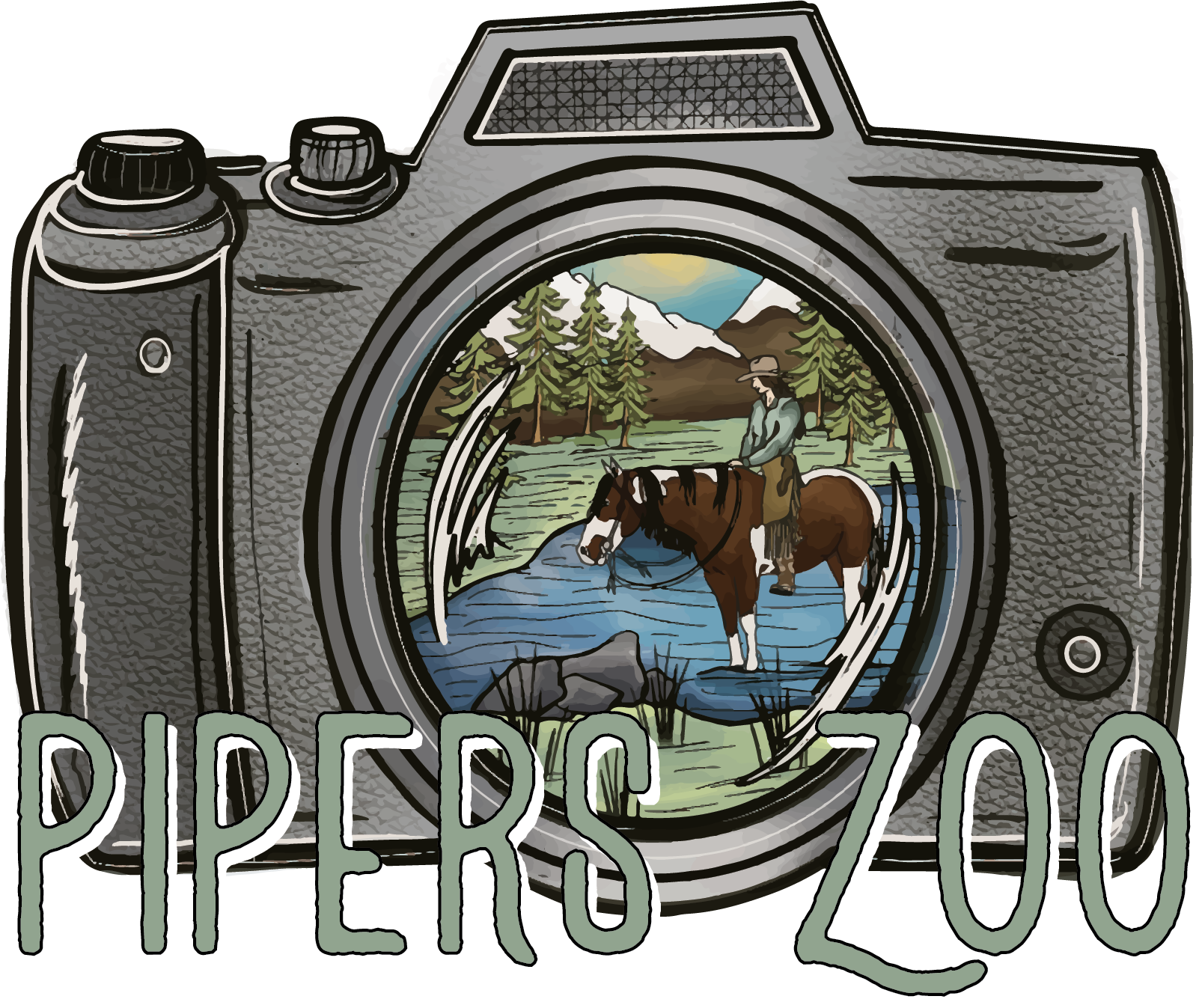

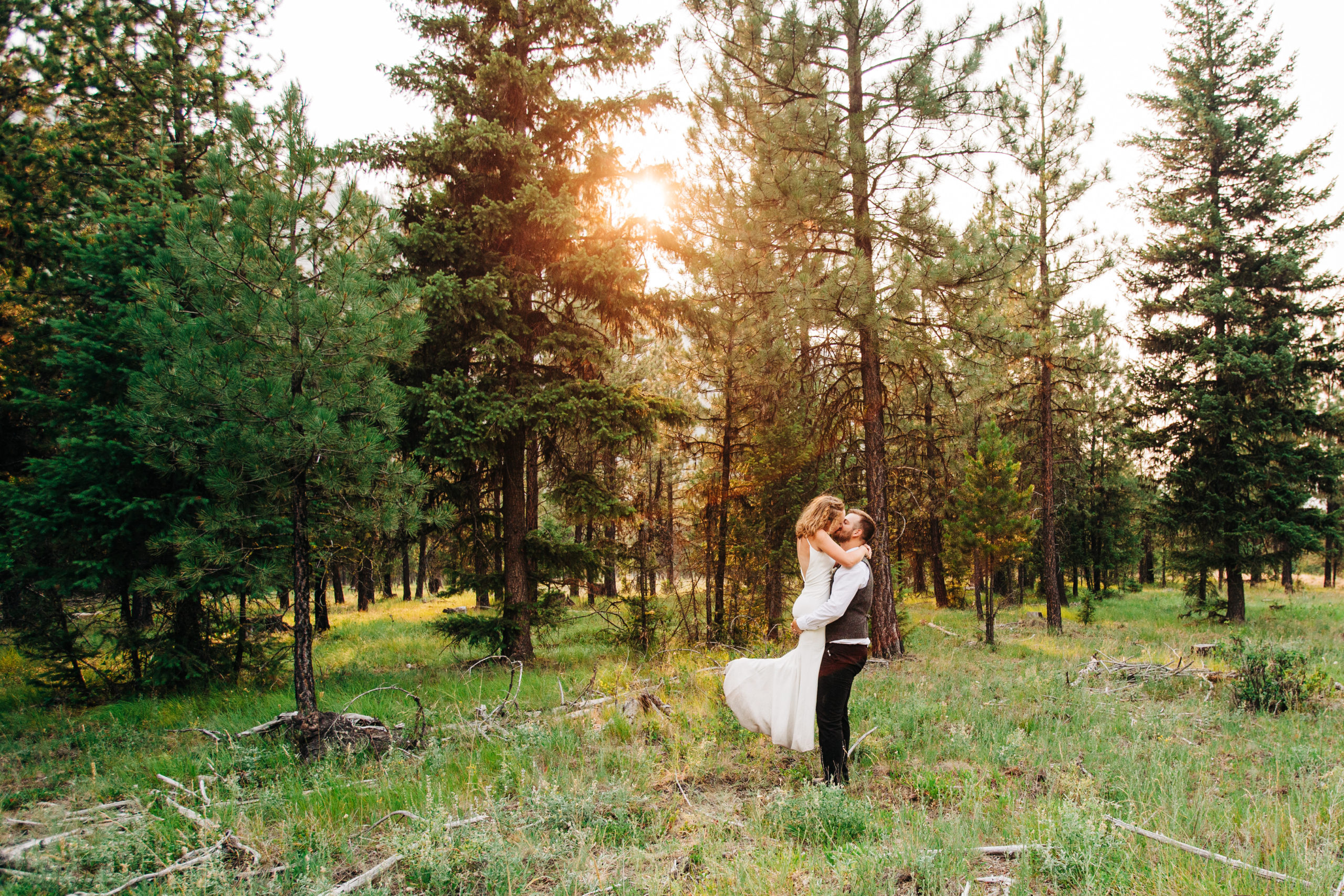


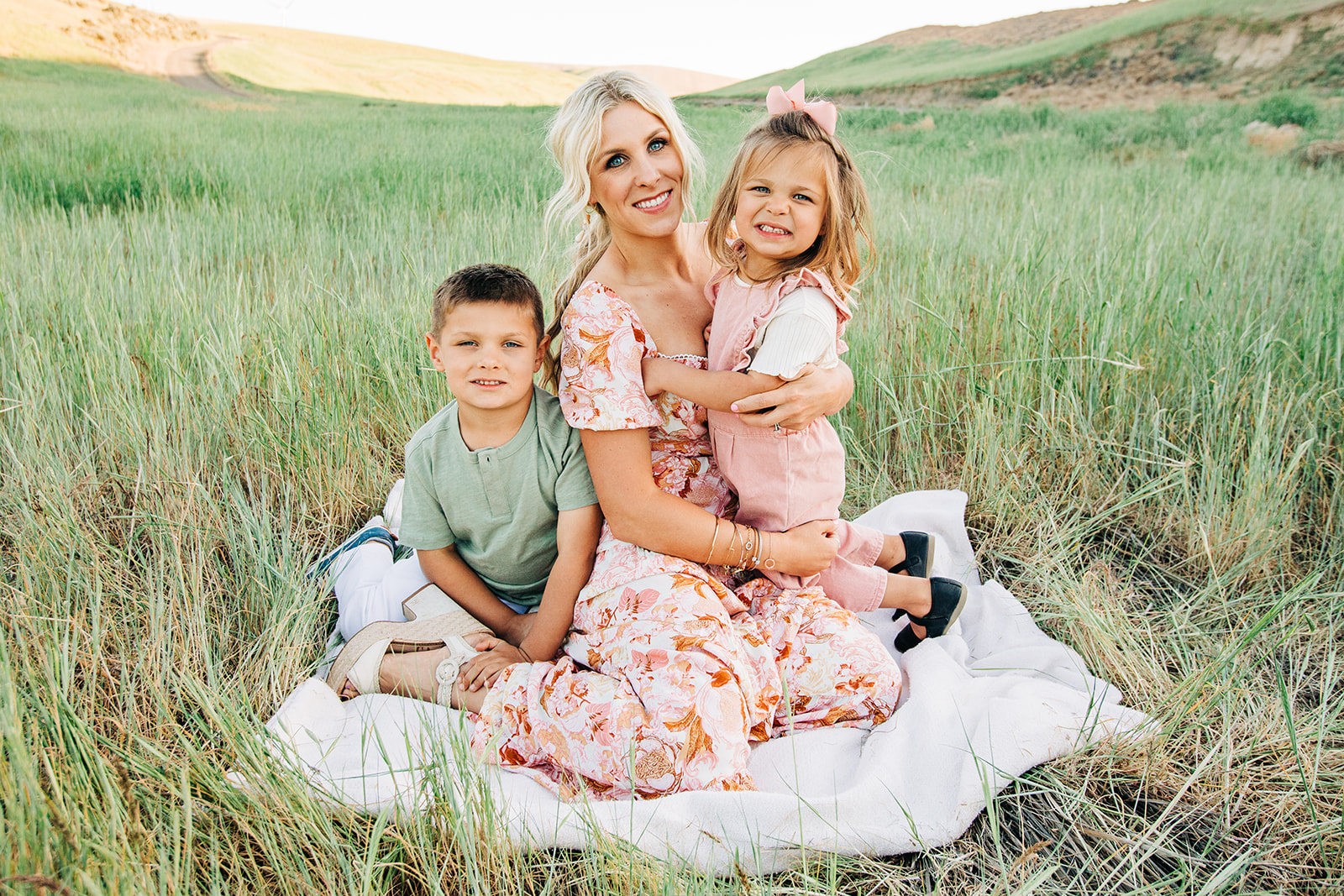
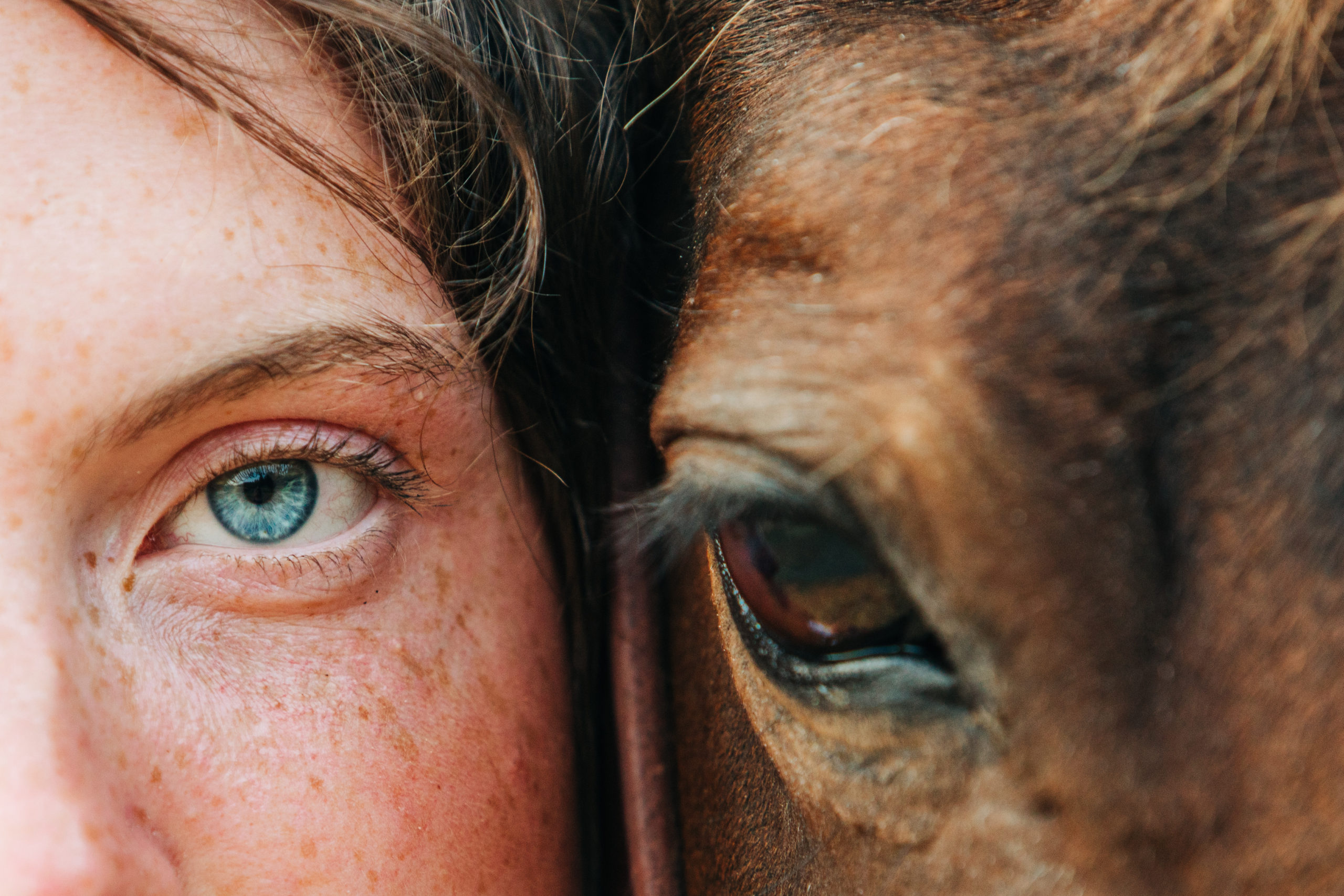
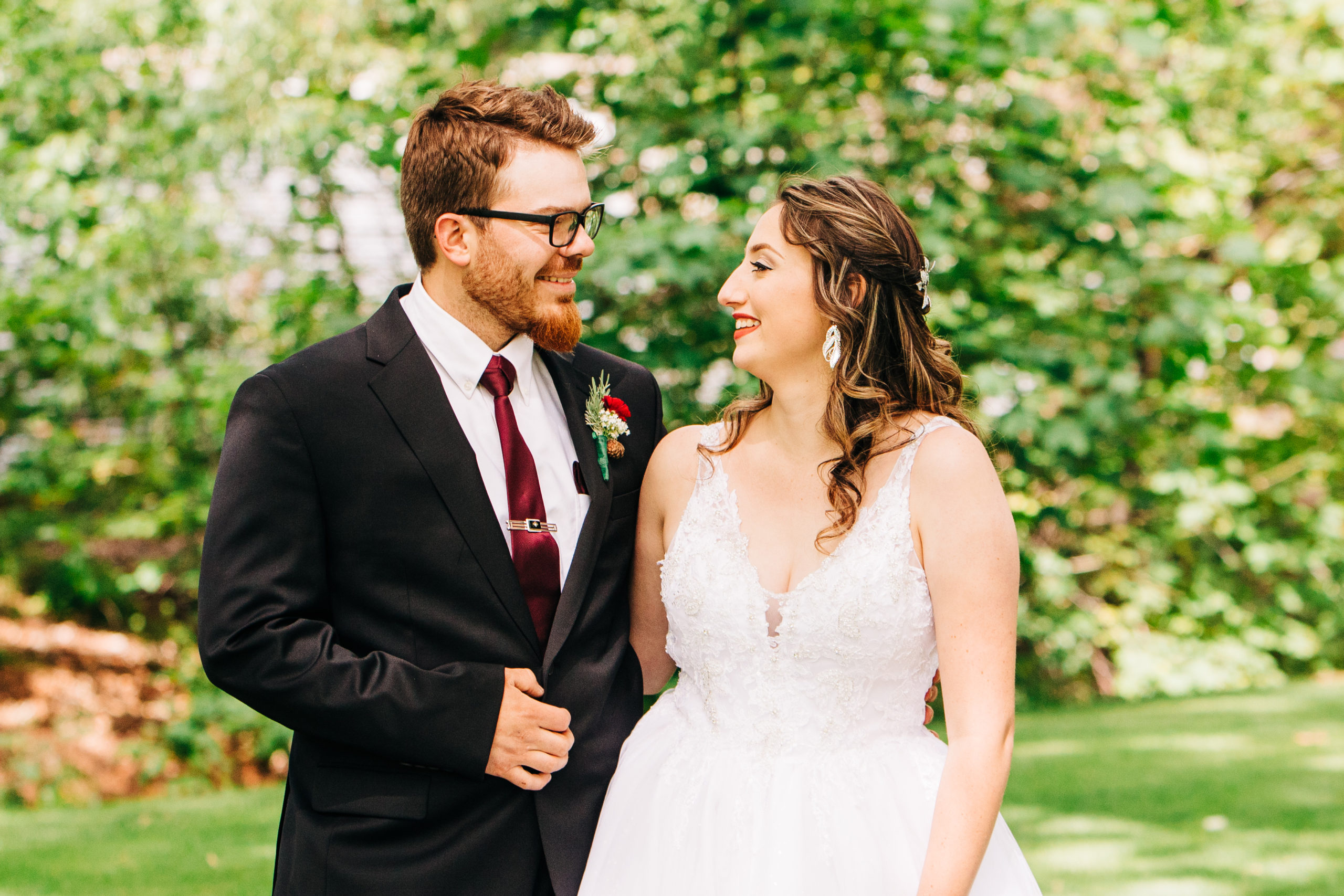
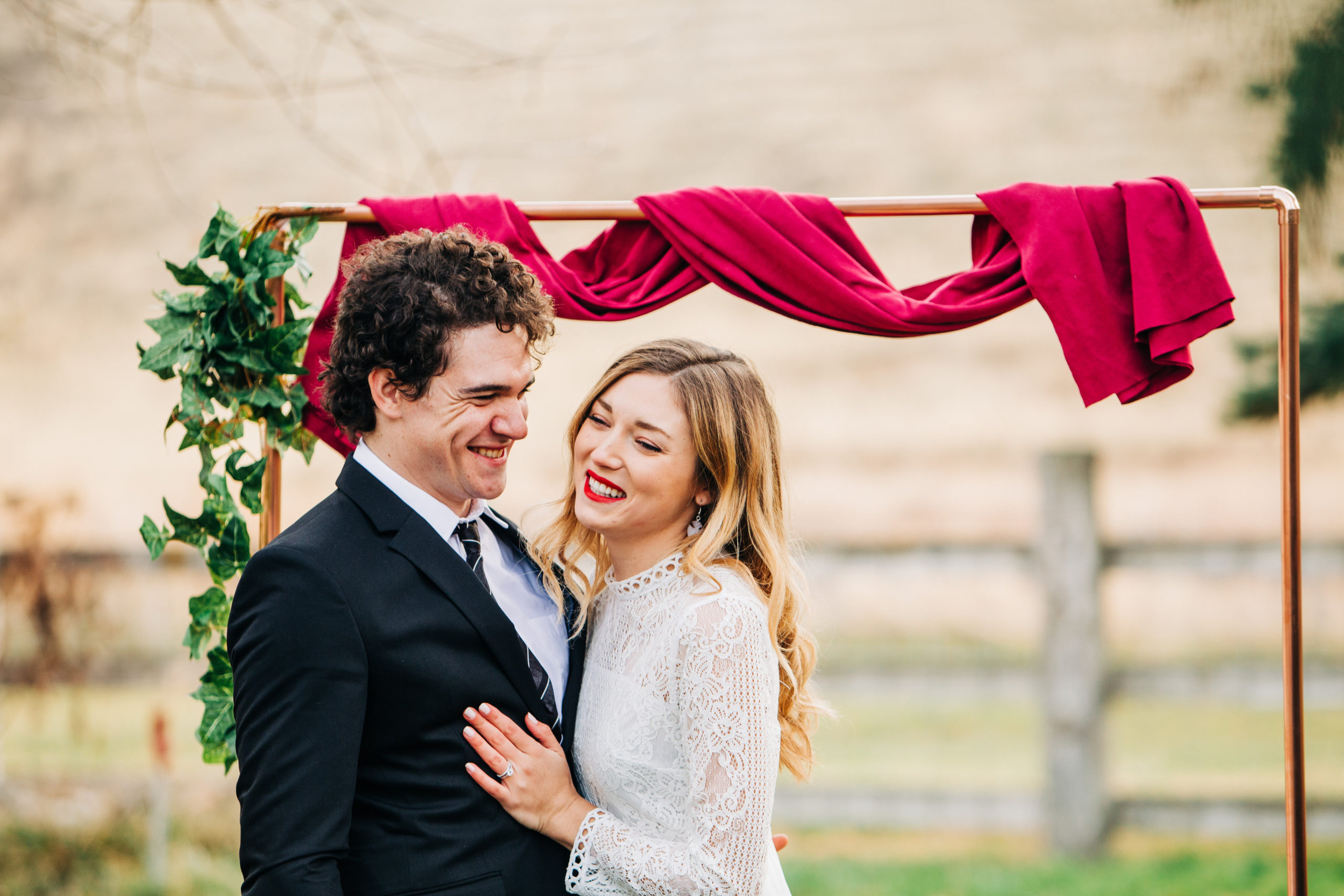
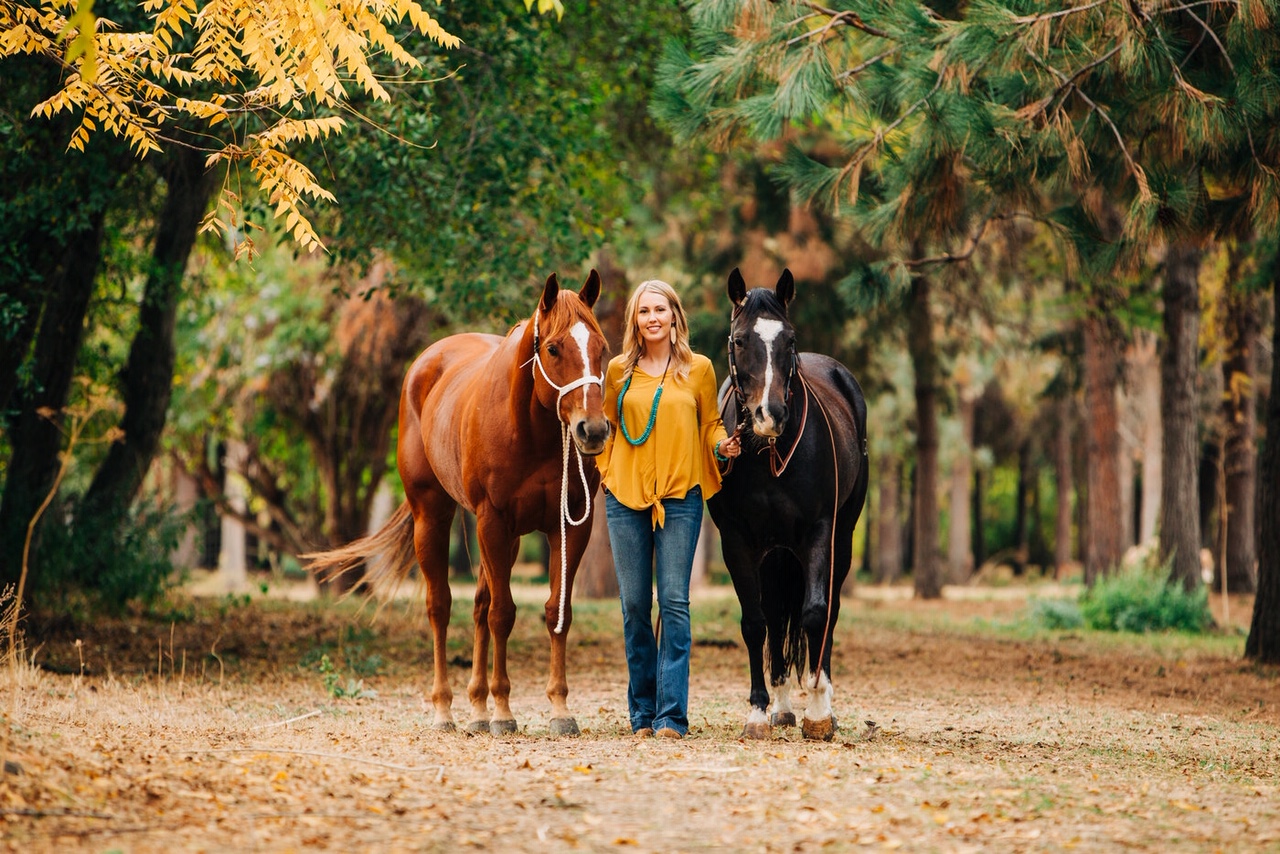
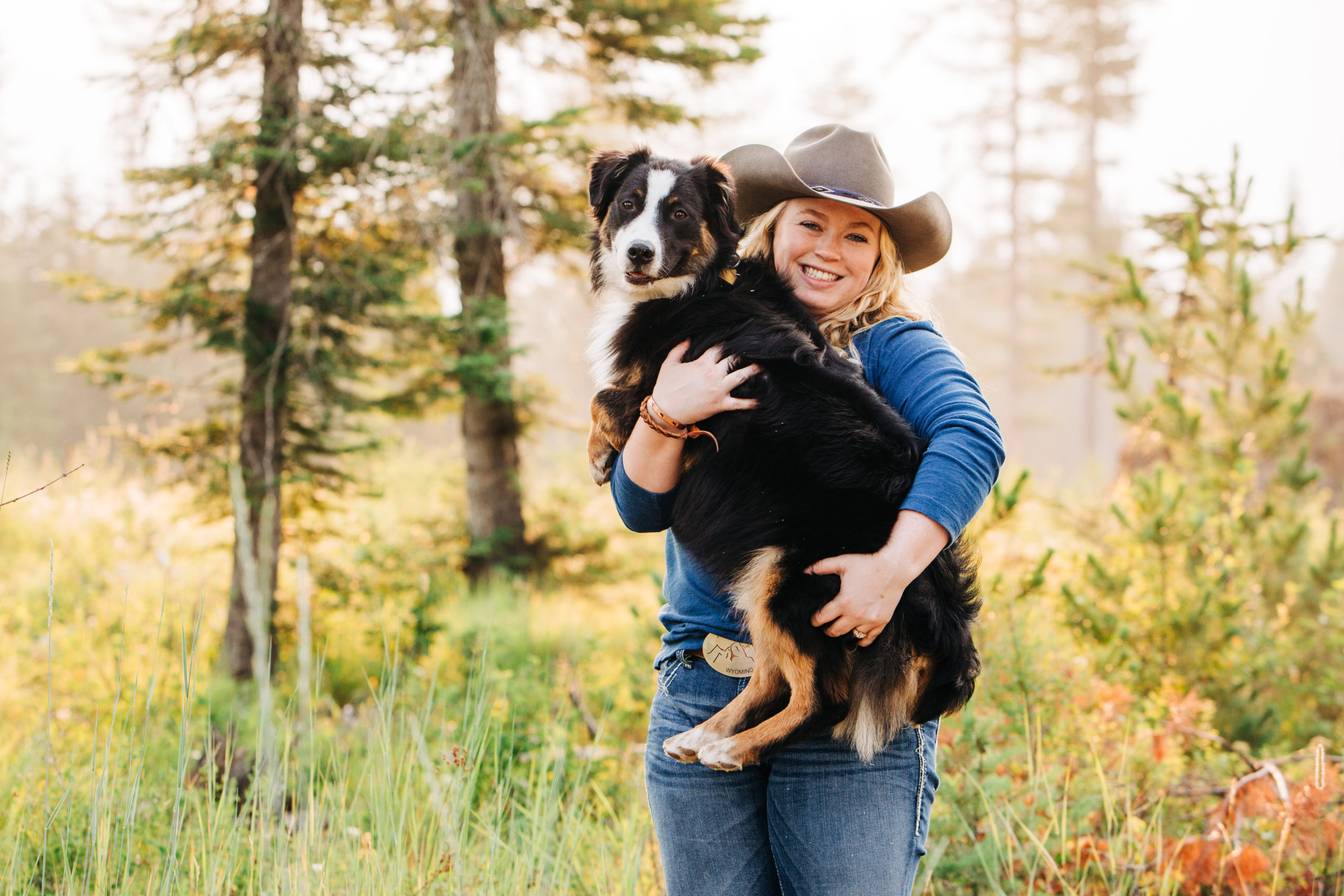
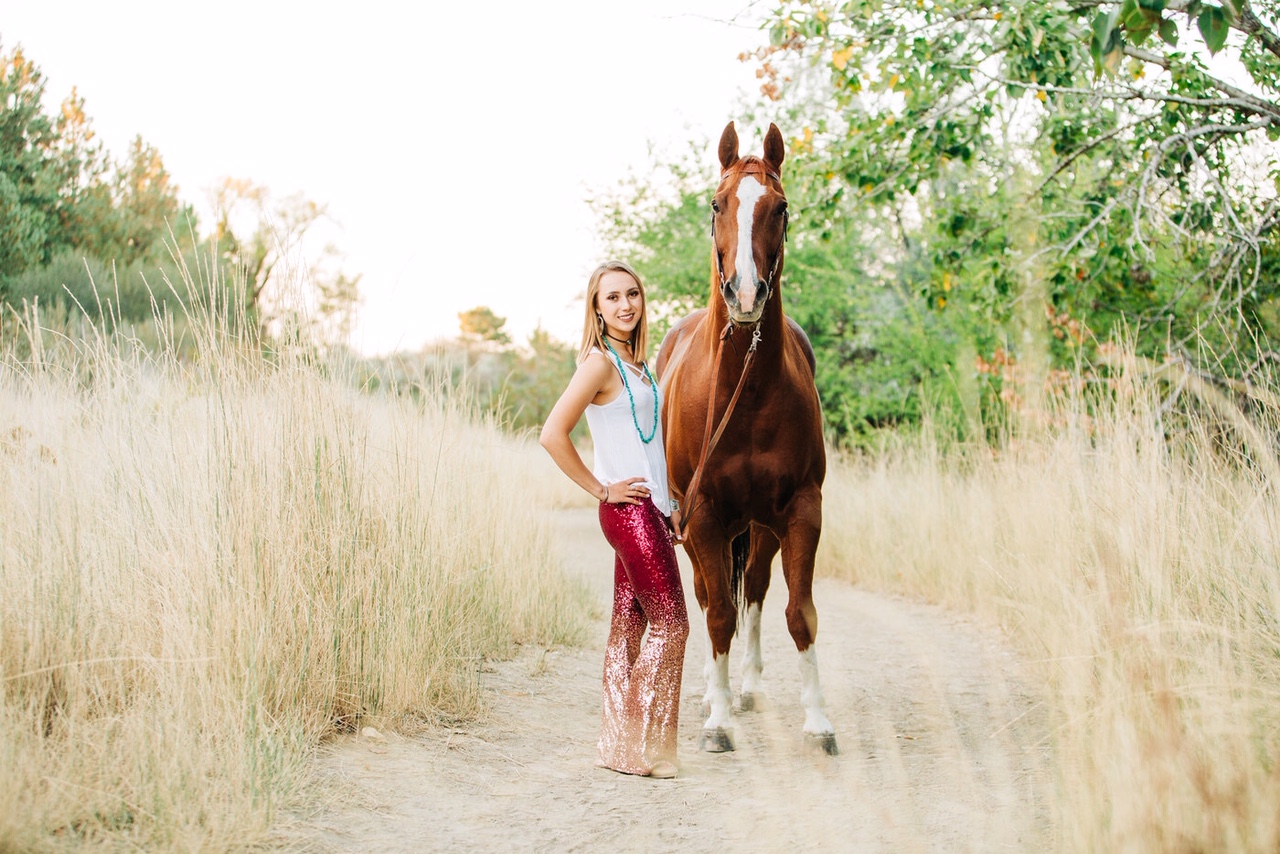
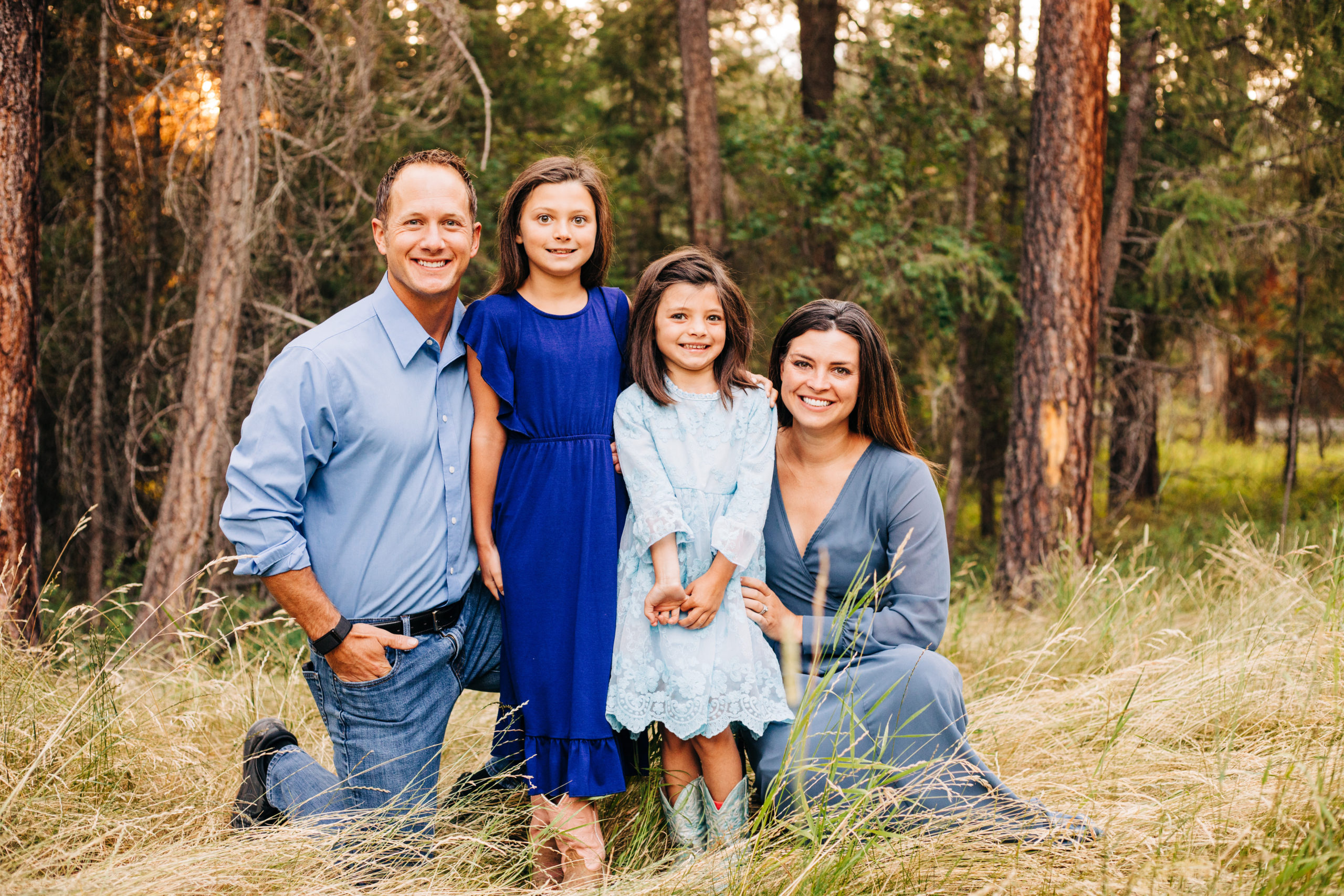
One Comment
Hi. Great explanation. That’s how I teach it, too. One thing that came in handy for me, is that I say “stay” instead of woah for ground tying. I want him to differentiate between whoa-which means stop moving your feet, and “stay” which means don’t move your feet. I thought about it for a little while and it seemed that using whoa for both stop moving your feet and don’t move your feet might be sending mixed signals. So if he breaks out of the ground tie I say whoa to stop him and then do the hand signal/verbal stay to keep him there However, I tend to overthink things….think the hand gesture is more what he pays attention to anyway.
Comments are closed.